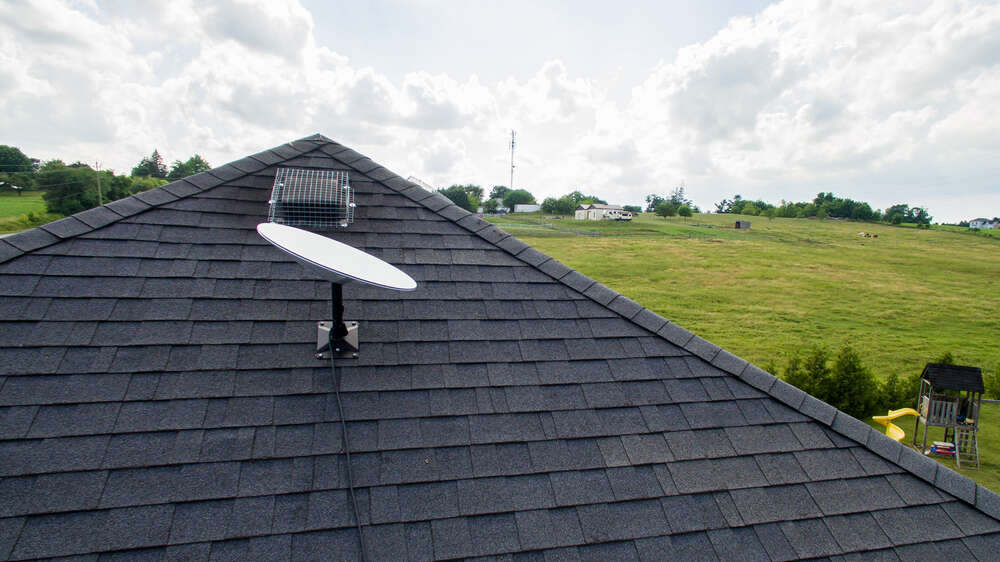
The UK government has turned to satellite technology from SpaceX Starlink to fill in gaps in the national broadband infrastructure, including connecting a 12th-century abbey in the North Yorkshire Moors National Park, a scout camping site in Snowdonia, and a Lake District mountain rescue base to high-speed internet for the first time.

Part of the Project Gigabit rollout, the aim is to ensure even the most remote businesses and homes have access to high-speed internet. In locations where running fibre-optic cables or 5G masts isn’t viable, the government is turning to constellations of satellites.
A study by ThinkBroadband of 500 SpaceX Starlink connections in the UK found the average download speed was 106 megabits per second, upload was about 9.7 Mbps with a latency of 66 ms. While not a patch on full-fibre broadband seen in many cities, it is much faster than the copper ADSL connections used to put most remote sites online.
The trial scheme will be used to get a better idea of the extent to which satellites can be used to provide high-speed connections to “very hard-to-reach” locations. These are the sites where it would be too difficult or expensive to upgrade including small islands and mountainous areas.
The first locations will be given equipment that allows them to connect to a fleet of low Earth orbit satellites, providing connections ten times faster than currently available to them. If the trial goes well the government will consider using satellites as part of the national broadband network.
“Gigabit-capable broadband networks are fast and fit for the future,” a spokesperson for the Department for Digital, Culture, Media and Sport (DCMS) said Explaining that it allows communities and businesses to engage with more of the modern internet. “It will pave the way for revolutionary new technologies such as virtual and augmented reality and more internet-connected smart appliances in the home and the workplace to make our lives easier and more productive.”
Starlink UK satellite broadband can deliver low-latency connections
DCMS hopes that it will also fuel more innovation and new companies that can boost growth – allowing start-ups to run from anywhere in the UK not just in cities. Currently, 72% of the UK has access to gigabit connections but the final connections require creative thinking.
The first sites to be connected to satellite broadband include Rievaulx Abbey. Founded in 1132 and located in the North Yorkshire Moors National Park, it is one of the most complete of England’s abbey ruins. Wasdale Head in the Lake District will also be connected to explore how better broadband can improve operations in communication ‘blackspot’ zones for mountain rescue team radio and global positioning services.
DCMS turned to SpaceX for the trial connections as the network was ready and available but is in discussions with other providers including OneWeb, part-owned by the UK government, for the next round of installations and at more complex locations.
Unlike SpaceX which sells direct to consumers, OneWeb has been designed to establish back-end connections. It will sell access to its network to broadband providers and companies that can then sell it on to the UK government.
The satellites operate in low Earth orbit at between 500 and 1,000km above the Earth, close enough that the signal doesn’t have too far to go keeping latency low. This is essential for video streaming services such as Netflix and for making video calls.
They only require a dish and router to connect to the hundreds to thousands of satellites orbiting above the planet, which makes it ideal for the most remote locations.
Andrea Selley, territory director for the north at English Heritage, said: “We are so pleased to be part of this trial and want to thank DCMS for their support. Rievaulx Abbey nestles within a beautiful but remote setting so this new satellite service will ensure better connectivity for our staff and visitors.”






